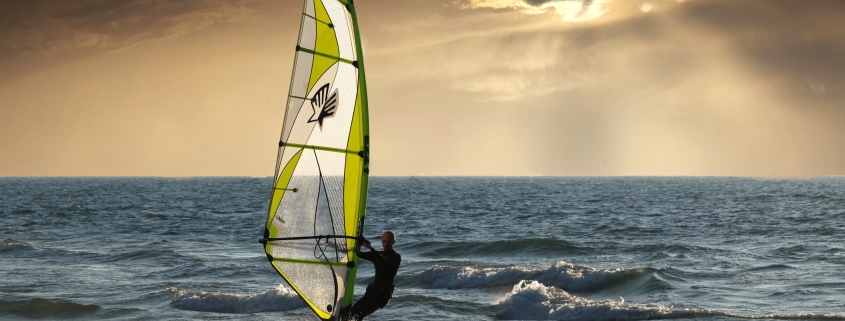Dozens of recreational uses identified, valued and mapped in project surveys
Researchers have used data from hundreds of community surveys to create ‘heat maps’ showing the popular spots for 31 recreational activities in Cockburn Sound.
Bird watching, kayaking, jet-skiing and snorkeling were among the many uses identified by almost 600 people who responded to questions as part of the WAMSI Westport Marine Science Program project, which looked at community values in the Sound.
Beach activities, walking, running and swimming were commonly reported forms of recreation and the survey revealed recreation in Cockburn Sound was most highly valued for its contribution to people’s ability to have fun, improve their physical health, socialise with others, and to relax.
Dr Abbie Rogers, a Premier’s Mid-Career Fellow from The University of Western Australia School of Agriculture and Environment, who is leading a theme of socio-economic research for the program, said Cockburn Sound was one of the most intensively used bays in WA.
“The Sound is highly valued by the community for its ecological and recreational values and it hosts a vital part of the State’s economy,” Dr Rogers said.
Woodman Point Reserve, at the northern end of the study area, was found to be the most frequently visited location and beach.
The results were used to create ‘heat’ or kernel density maps that showed activity density or occurrence using circular patterns. Economic valuations were also calculated for recreational use of various sites.
Murdoch University’s Dr Michael Hughes, the project’s lead investigator, said the area was important for recreation.
“The variety of non-fishing recreational activities and associated values that coexist in the Sound highlights the importance of this area for the public,” Dr Hughes said.
The area studied included the shore and waters between Woodman Point and Cape Peron along with Garden Island and Carnac Island. The entire study area was associated with one or more recreational activity values. “Understanding how people use marine coastal areas for recreational activities and the values associated with such uses, are important considerations for the development and management of these areas,” Dr Rogers said.
Dr Hughes said the ability of the Sound to host such a diverse range of recreational activities suggested the social and physical carrying capacity was considerable.
“Furthermore, management decisions and planning will require engagement with a wide range of recreational activity representatives,” he said.
Of the recreational activities identified and mapped, 16 were land based and 15 water based. They did not include recreational fishing, which is the focus of another project in the program. Other socio-economic projects are measuring the Perth community’s values for Cockburn Sound’s natural environment and ecology.

